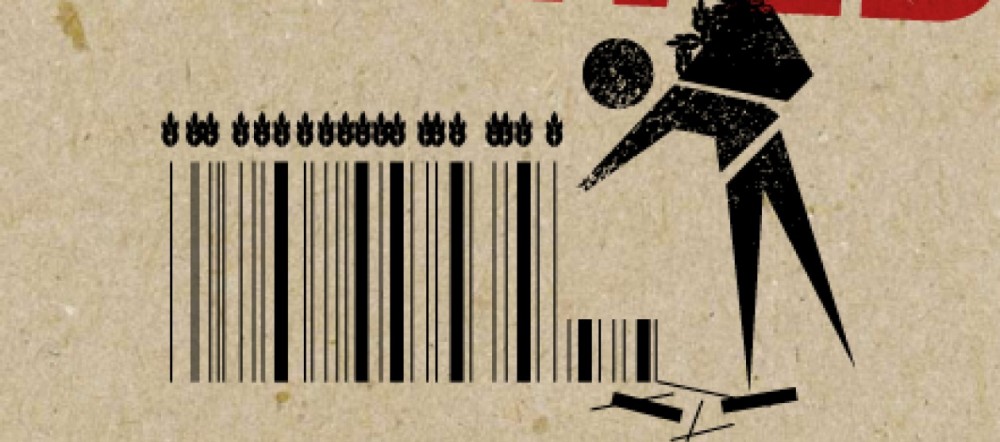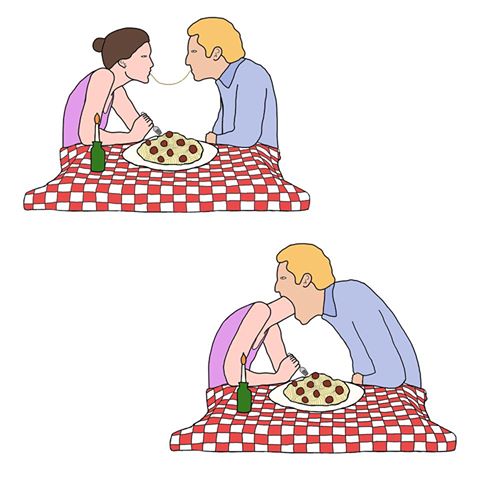Week 10 Wine Tasting
I was unable to fully participate in this due to nausea, anxiety, empty stomach, and lack of sleep yet I still managed to learn quite a bit from this experience. I got to distinguish the visual acuity of a wine being dull or cloudy from the amount of tannins present in the wine because only “unclean” wine will actually be dulled or cloudy. 
Week 9 Tea Tasting
This week Kotomi brought us Genmaicha and Kabusecha tea. I did not get a chance to see the dried leaves, but the steeped leaves were slightly tinted-green yellow color that was clear. This week I was fighting off a stuffy nose and couldn’t quite get a strong sense of the taste or smell but it seemed to be overbearingly salty relative to the Kabusecha we tried after. The Kabusecha tasted and smelled very weak and I couldn’t give an accurate description of the tasting experience because I could not perceive the subtle taste accurately enough. Honestly the dried leaves of the Kabusecha looked as if it would produce the taste of Genmaicha (I easily could have seen the wrong one) because they looked like dark, green potentially potent tea leaves.
Week 8 Tea Tasting
This week Kotomi brought us High Mountain oolong tea and Four Seasons of Spring oolong. I did not write down my notes for this dried oolong tea but the steeped oolong was a translucent, pale yellow. The smell was rich and resembled an earthy smell that the oolong tea we tasted earlier in the quarter had. This tea was one of the more complex flavors of the tea we tasted this quarter; slightly bitter and floral while still being rich. The Four Seasons of Spring oolong had a clear pale yellow appearance that gained a muddier more green shade as it steeped. The smell of the Four Seasons of Spring oolong had a sweet, floral and slightly earth-like resemblance.
Week 7 Tea Tasting
This week’s tea tasting was the most powerful experience with tea this quarter thus far. In previous weeks I have closed my eyes before tasting the tea and noticed a more detailed perception of flavor. This week I closed my eyes and smelled the Danya black tea Kotomi prepared for us to have an unexpected rush of sensation. The tea smelled like springtime flowers and had a taste similar to pollen. When I was five years old I moved to New York and struggled to breath with pollen allergies. To this day I have a quarter to half inch gap between the top and bottom row of my teeth because I panted with my mouth open to open up my throat to breath. Discovering that the aftertaste of the tea reminded me of the taste of pollen resting on the back of my throat made me feel weird, and the emotion from that experience has yet to be processed. The second time I smelled the Danya tea with my eyes closed I smelled a scent similar to the first until a random sensation increased the intensity of the smell until it tasted like a very high pitched music note. This synesthetic event inspired me to bring up the topic, and it was rewarding for myself to hear that someone else in the group had been treated by the public school system for dyslexia because of their synesthetic associations. It was also rewarding to know some people in the group were unaware of this phenomenon.
Annie’s tasting lab this week consisted of bread and milk. The milk and bread combination did not have any appeal to me. The toughness of the bread invoked a sort of spitefulness towards the milk. After growing 9 inches in seventh grade, I ended up drinking half of a gallon of milk every day or every other day throughout eighth grade. Due to the number of classmates during the lab, the portion of milk was rather small and relative to the milk purges I did when I was younger (when I actually drank milk) I was not satisfied after breaking down the staleness of the bread. The milk had a soft taste that left me wanting more. I would be curious to hear people’s insights on my experience with milk.
Week 7 Tasting Lab – Bread/Butter
This week I got to make butter from heavy whipping cream for the first time and really enjoyed the experience. I thought about the physical struggle of producing the butter and the intense concentration of fat in the butter itself and felt rewarded by the tradeoff. I also considered the potential reduction of pollution by making butter from heavy whipping cream. Honestly I don’t remember Annie’s intention with the bread, but did appreciate having something to eat the butter I had just created with (if that goes to show how rewarding I thought the butter making experience was).
Week 6
Tasting Lab
During Annie’s corn tasting lab I felt consumed by the abundance of options available. This was the first tasting lab that I had a strong reaction to the products. This week’s reading was about the commodification of food and my independent learning was about the history of corn in the context of American Indigenous cultures. A crop that was once praised for representing members from the tribe that have passed away in each individualized kernel has been reduced to a symbol of toxicity as seen in its more frequent association to money than food. When given the corn purée I lost all courage and had a gag reflex. My stomach knotted up and it was very difficult dealing with the smell and textures of the corn products despite my daily consumption of some corn product. As someone that allows corn syrup to show up in some food items I purchase, I was inhabiting my own stickiness.
Tea Tasting Lab
Week 4 Tea Tasting Lab
This week we tasted three different types of tea and commented on their appearance in the dried and steeped stage, the aroma in the dried or steeped stage, and the flavor of the tea when steeped. The first tea was matcha which appeared like a green powder with notable texture in the dried stage and when steeped the shade of green darkened. The taste had a slight bitter aftertaste and the taste itself could closest be described as earthy. The smell of the dried matcha reminded me of petrichor with an earthier association to it. The steeped matcha smelled like a subtle version of the dried matcha. The dried pu-erh looked stiff and potentially scratchy with a dark brown that turned a brownish/maroon color when steeped. The smells of the pu-erh were very weak but when steeped provided a slightly more intense sensation of petrichor that was experienced with the matcha. The pu-erh tasted similar to the matcha, but less bitter. The oolong had a reverse effect from the matcha when steeped where the dark green leaves of the dried oolong turned a lighter green/yellow relative to the bright green powder of the dried matcha turning into a darker green. The smell of the oolong was hard to explain in its dried form and I used the description of my neighbor as a “floral” scent to describe it. The oolong lost its sweetness when steeped, but gained fullness. The flavor was more subtle than expected and resembled a less powerful version of the smell of the dried oolong tea.
Egg Tasting –
The golden egg’s appearance was a pale yellow with a mild egg-like taste. The pink egg had a magenta tint that had a rich, sweet yet not overbearing taste. The marbled egg was brown with lighter spots and tasted salty and more rich than the golden egg. The white egg had the guise of a normal egg and had less flavor and a simple, dull taste. The salmon roe looked like a spherical, transluscent jelly bean that was about to burst with liquid and it tasted like the ocean, plus fishy fetus and salt. As I tasted everything again, I did not experience a noticable difference in taste (honestly because I did not have the time and quiet to internalize the text) except for the pseudo egg that was plopped out of an abused chicken.
Week 3 “Kitchen Insurrections” Tasting Lab
- Do you think the heart still has a central role? What will a hearth look like in 2020? Kitchen talk? – The hearth of 2020 will hopefully be neighborhood-scale urban farms that support social cohesion. The practical hearth of 2020 will likely continue resembling the kitchen space getting overrun by the drone of a television. Kitchen talk will likely be about highly emotional subjects in a nonconstructive way.
- What spices did you blend? Why? – All of the wrong ones apparently. My mix did not turn out very rewarding, and my memory has rightfully forgotten what I thought would combine well together.


